K as in knight
Catherine Telford Keogh, Julia Wachtel, Alexander Carver, Tony Cokes, Raque Ford, Kate Mosher Hall, Manal Kara, Vijay Masharani, Pope.L, Walter Price, Michael E. Smith
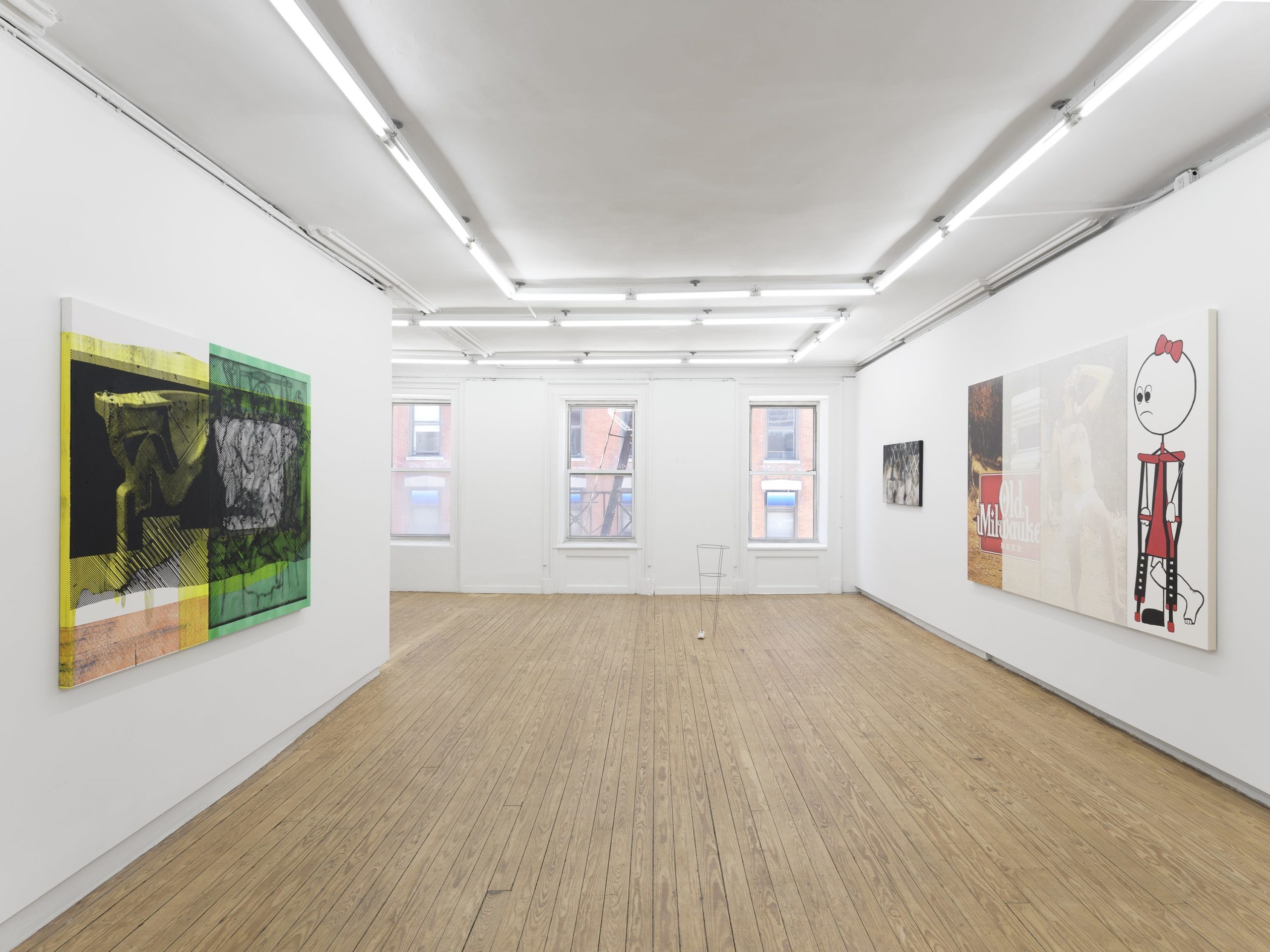

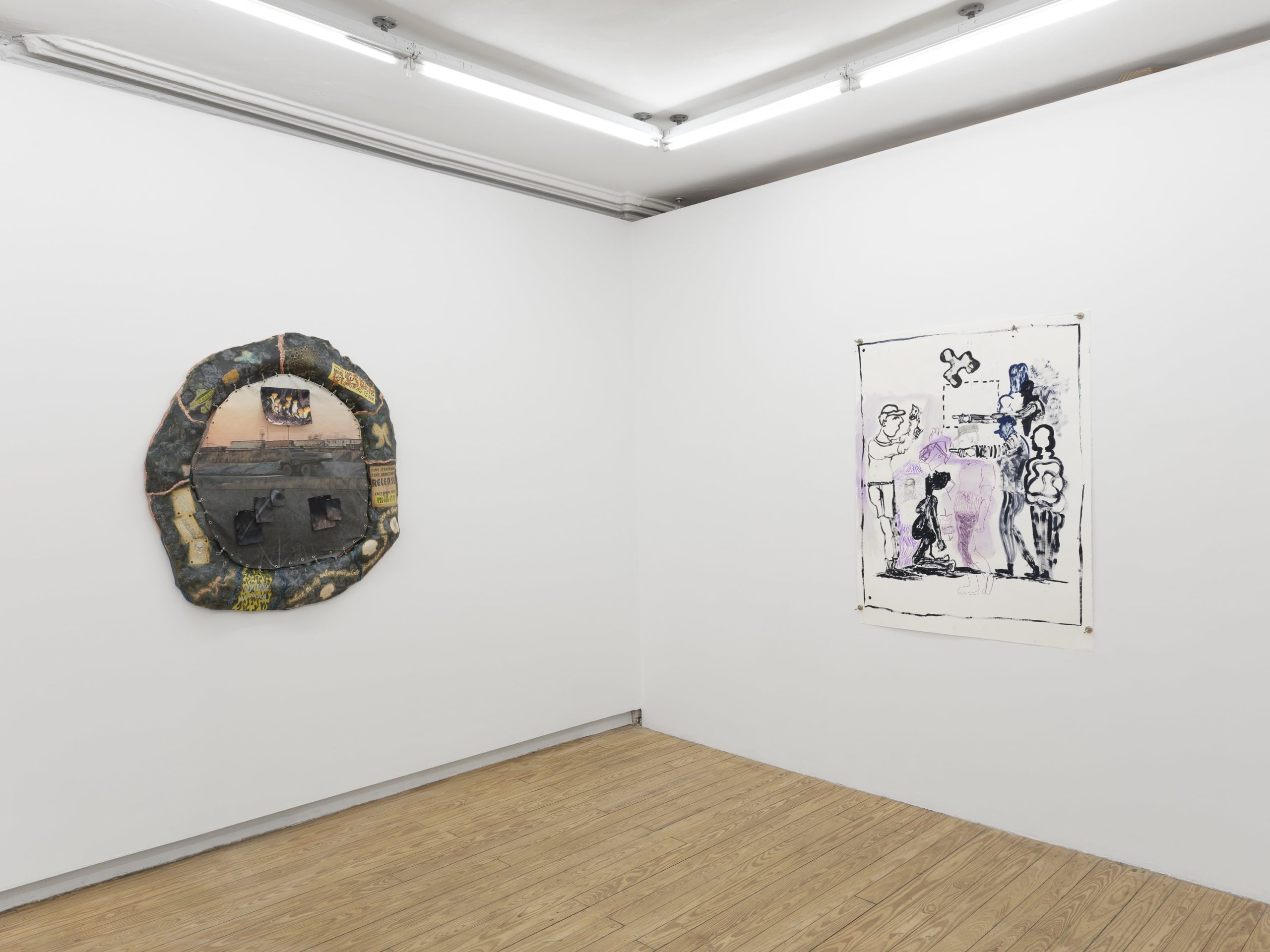

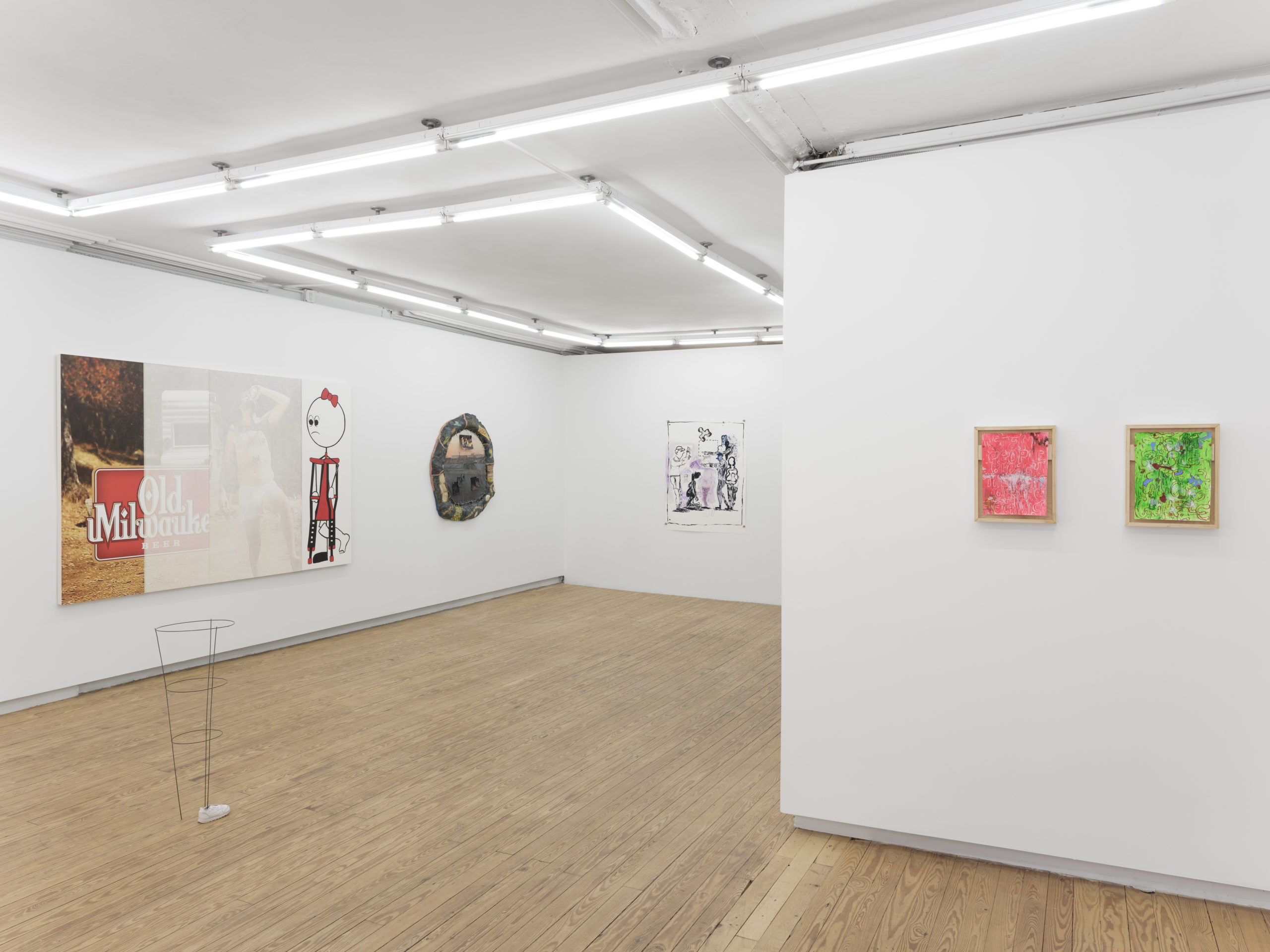
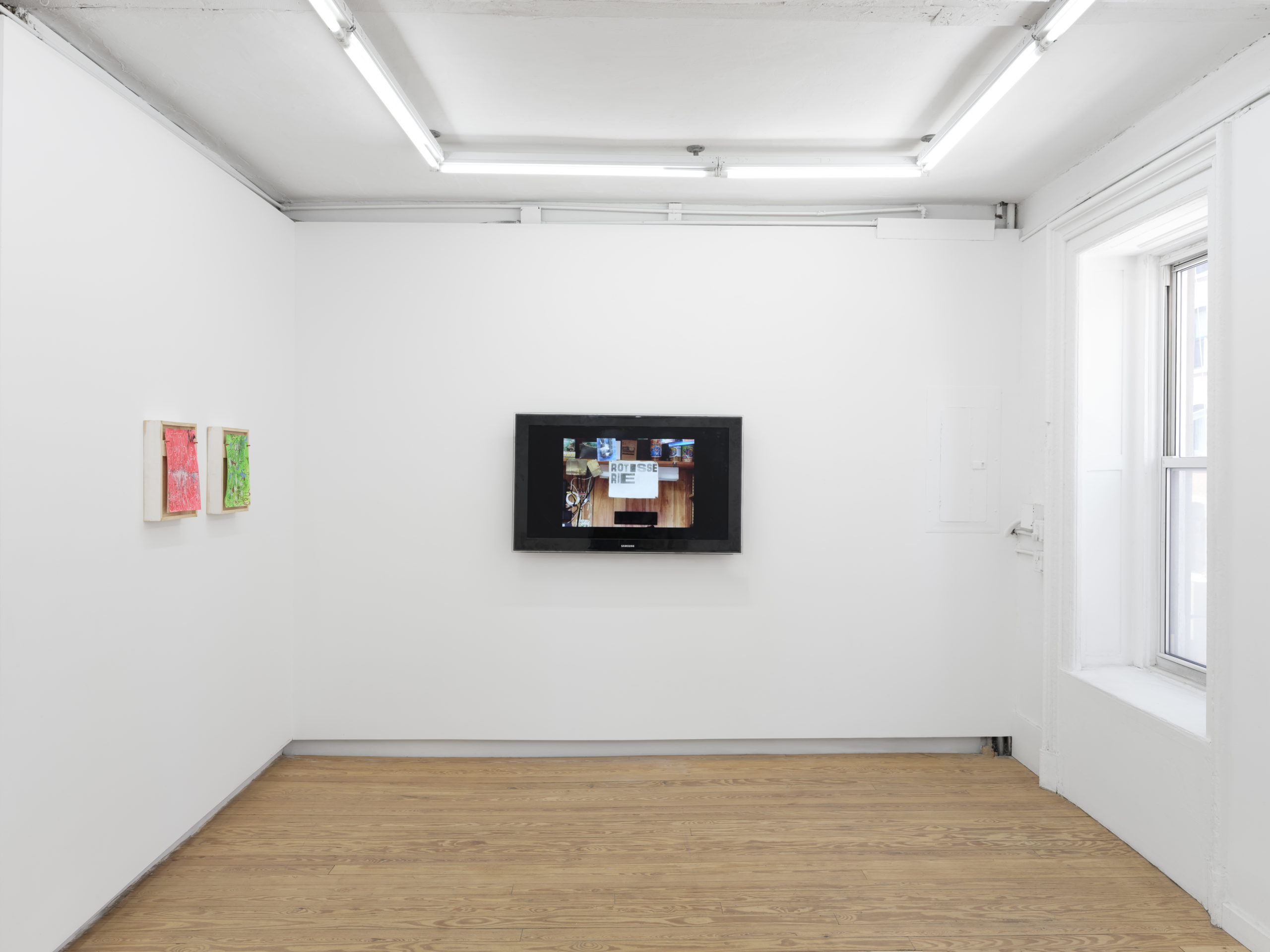
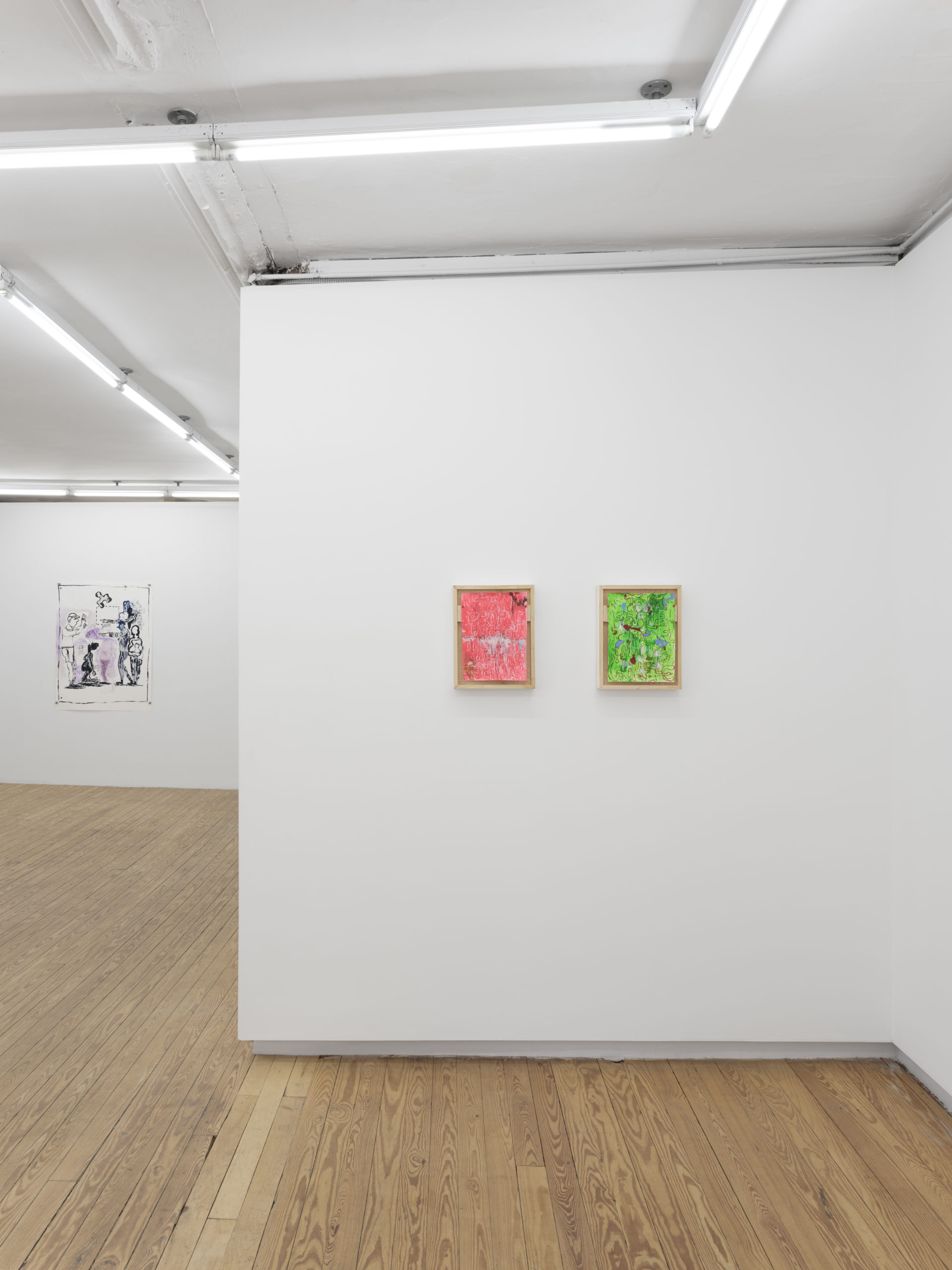
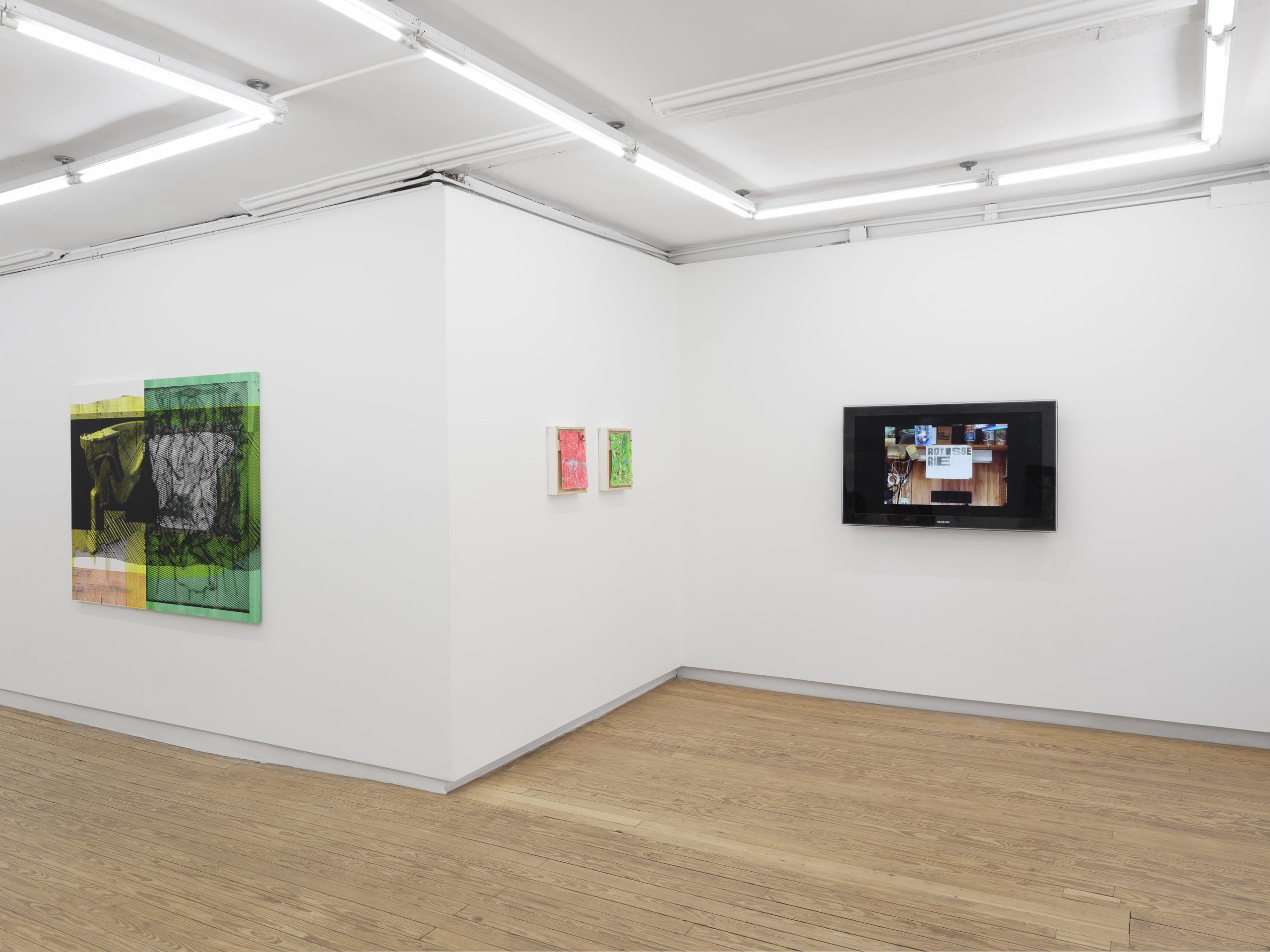
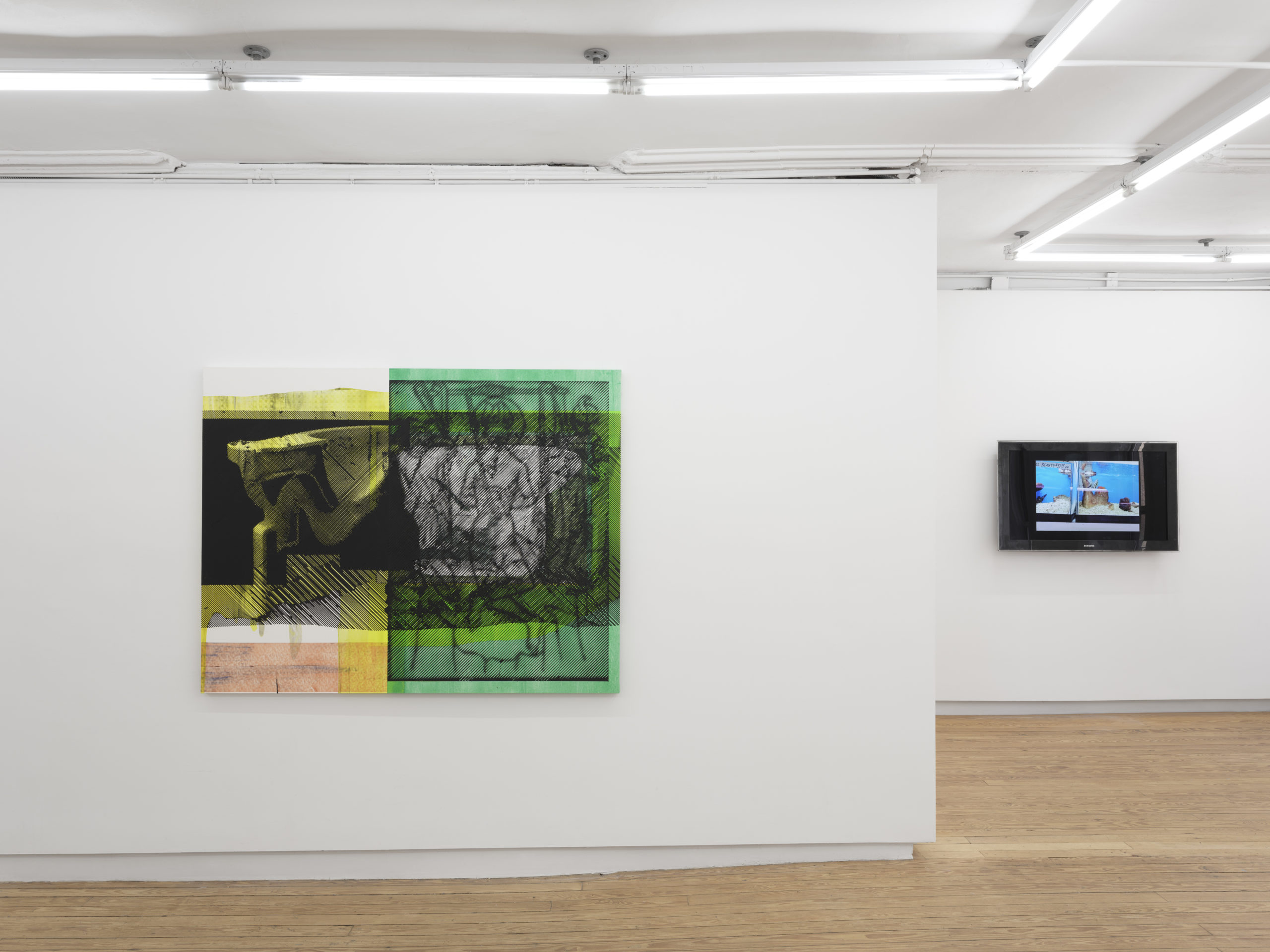
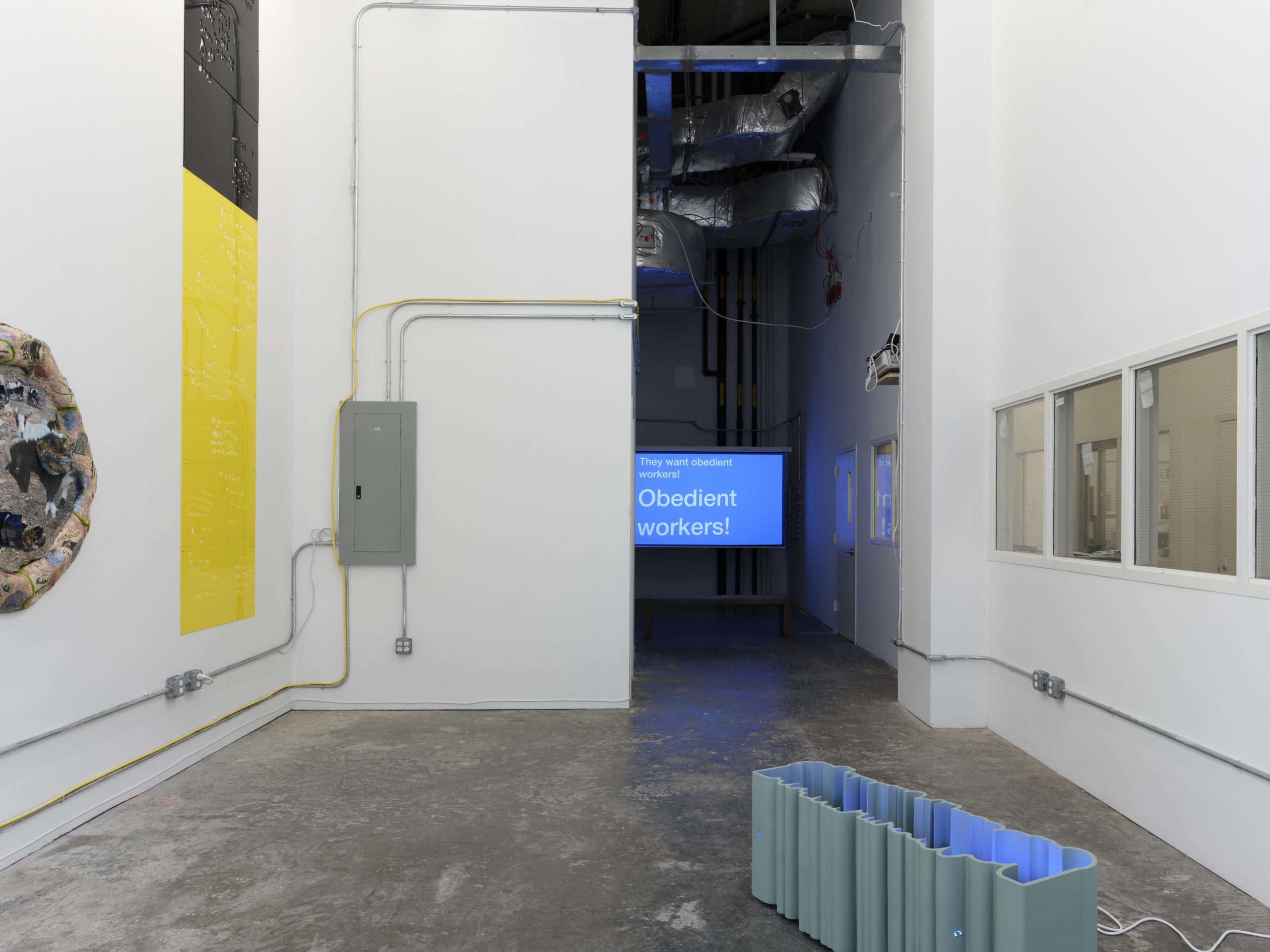
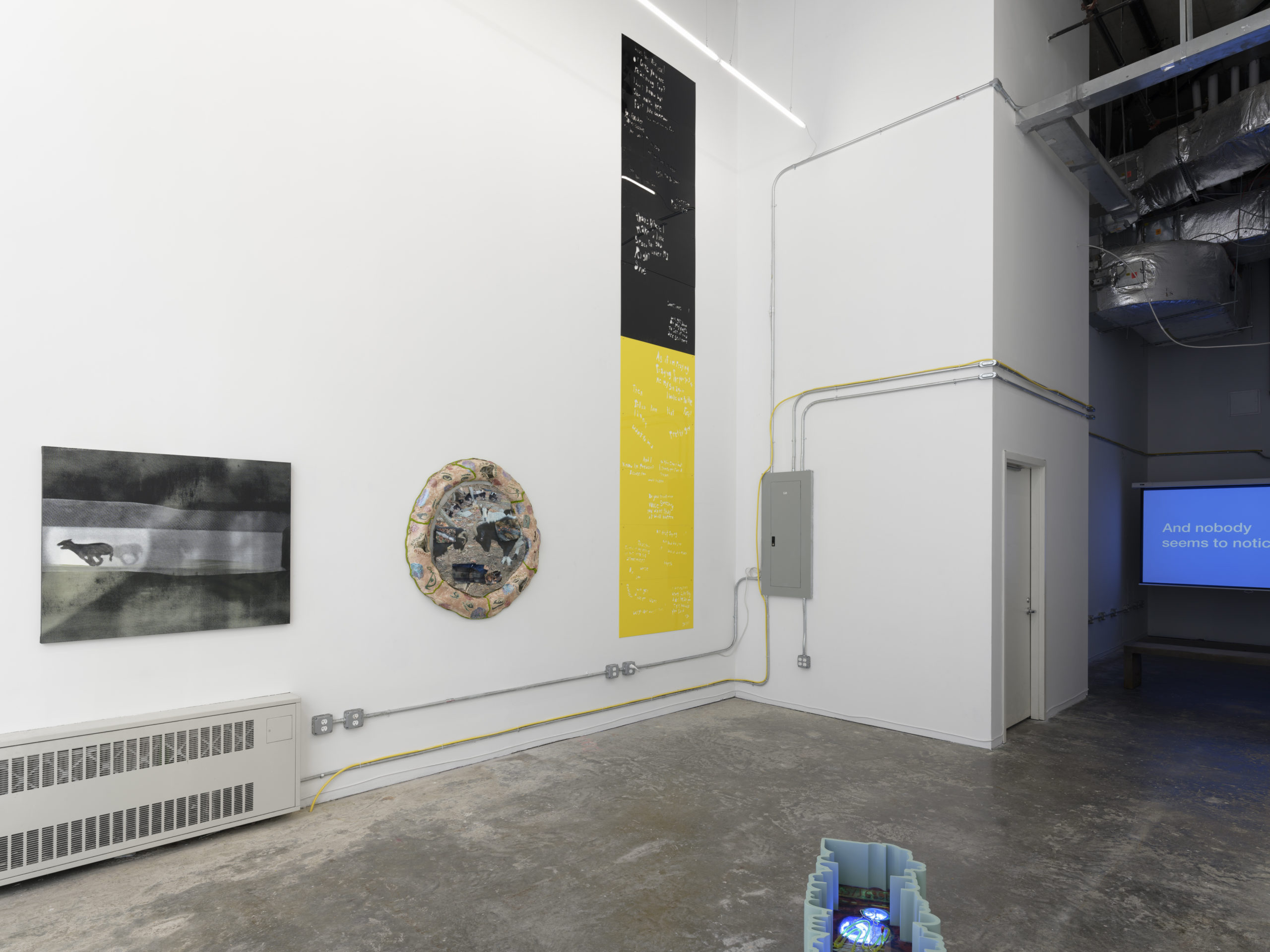
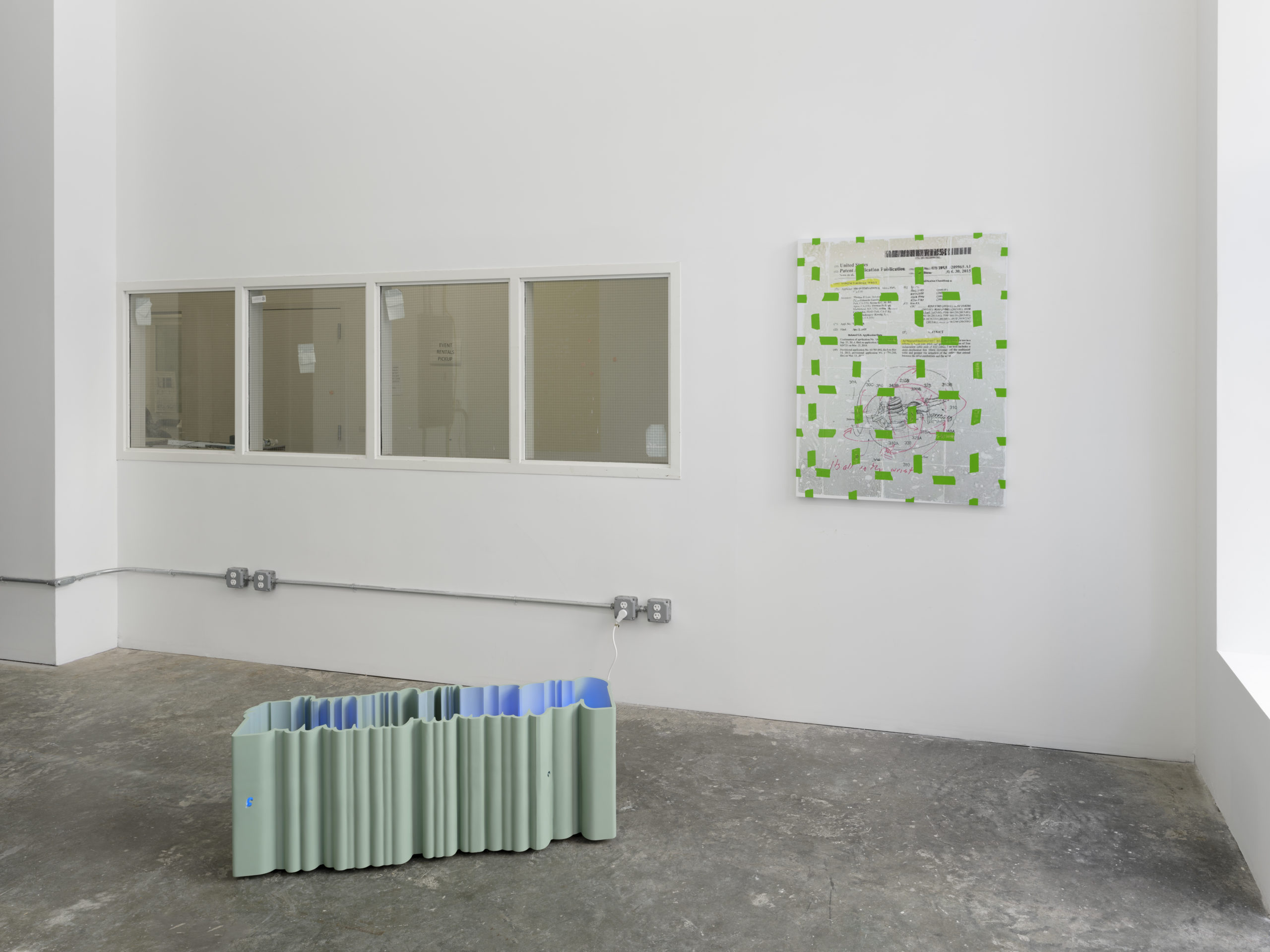
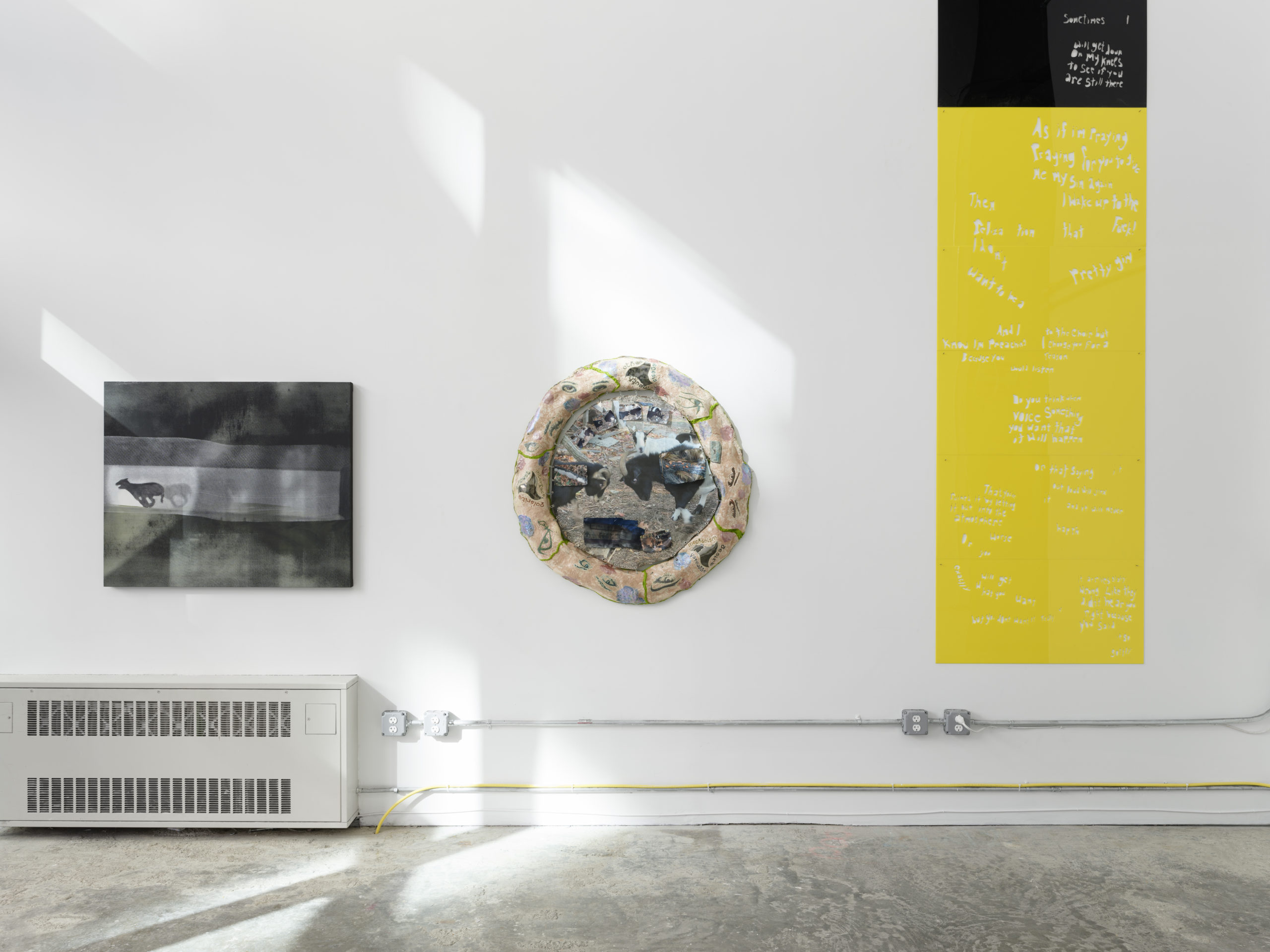
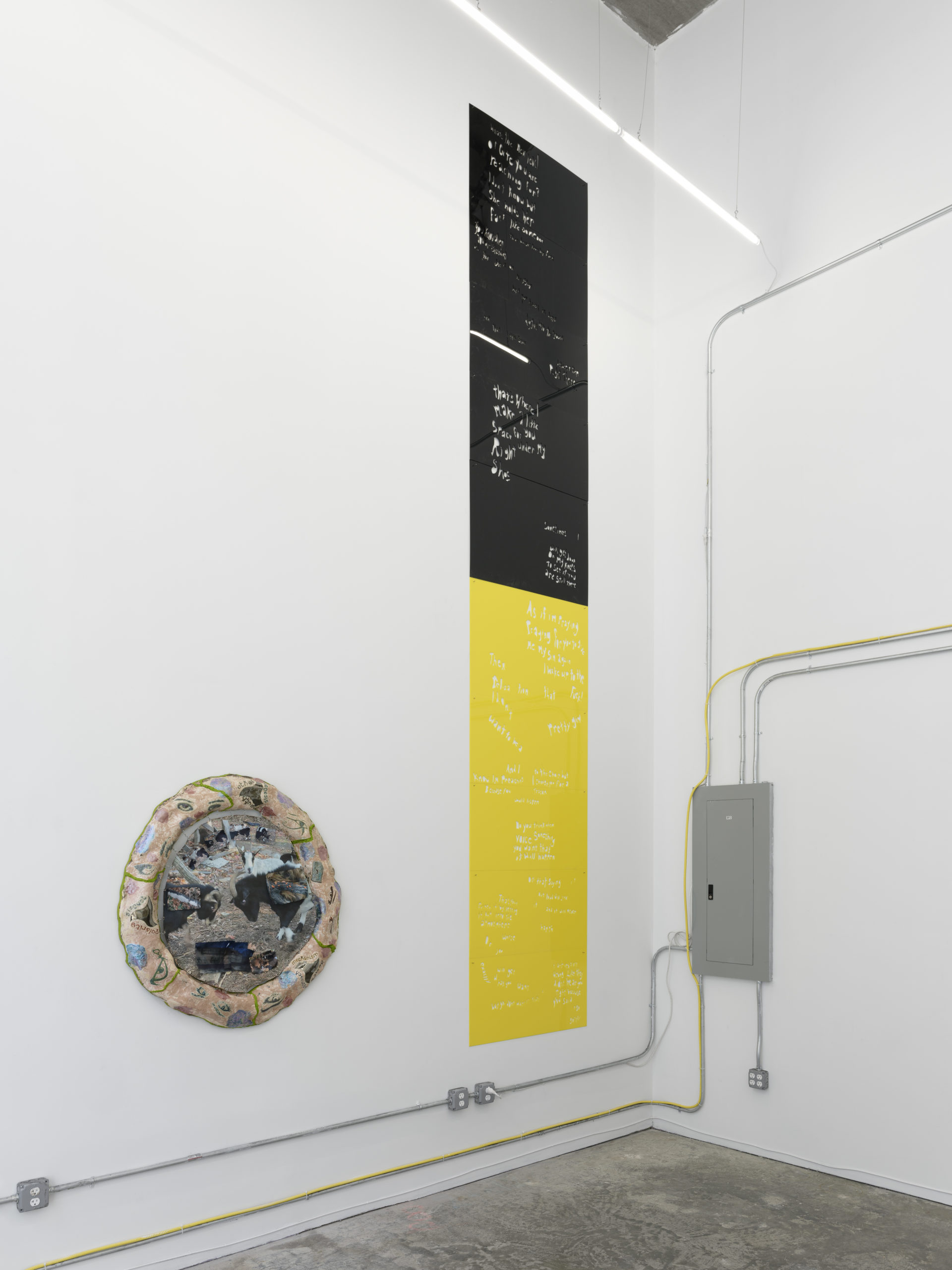
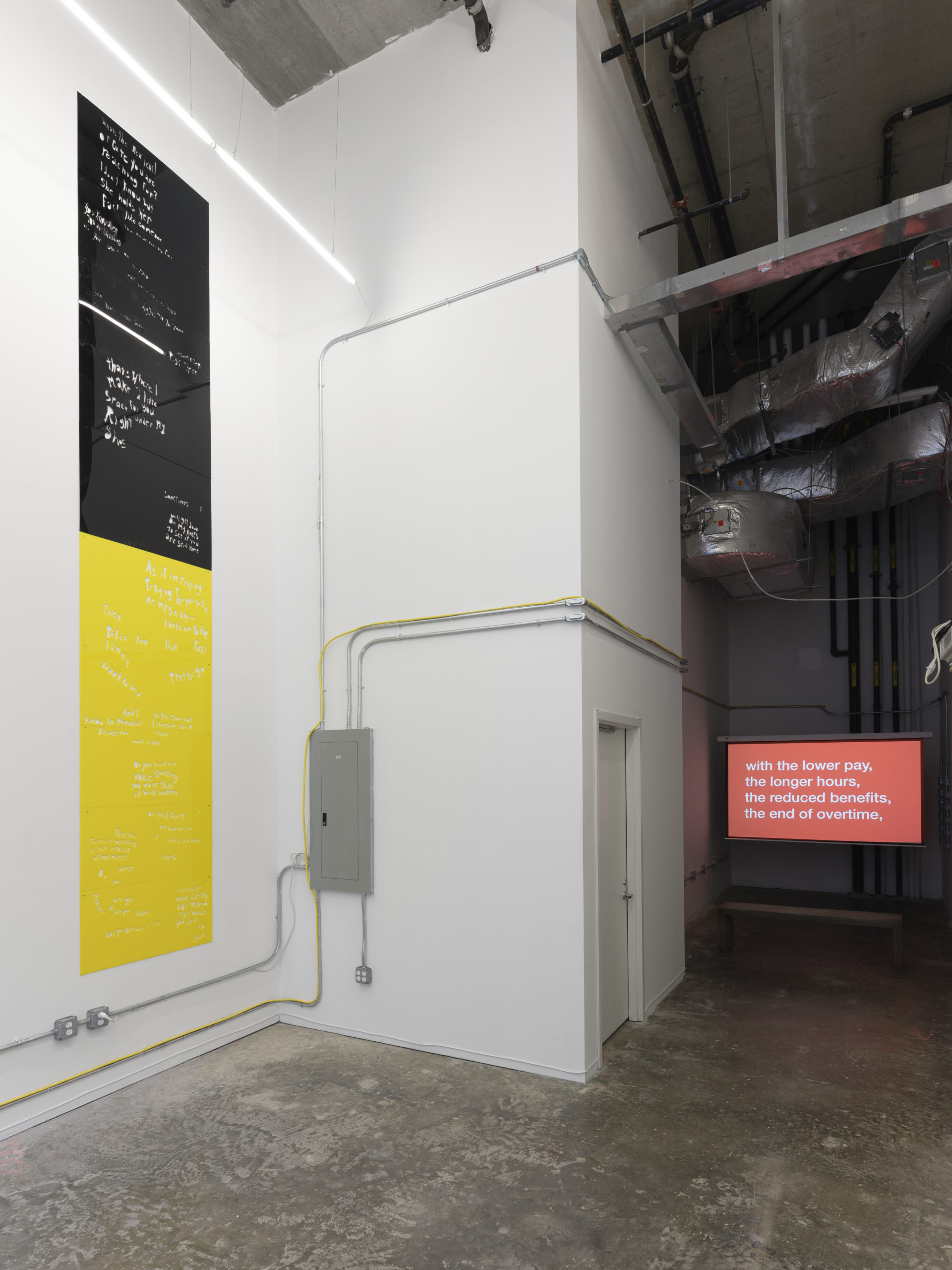
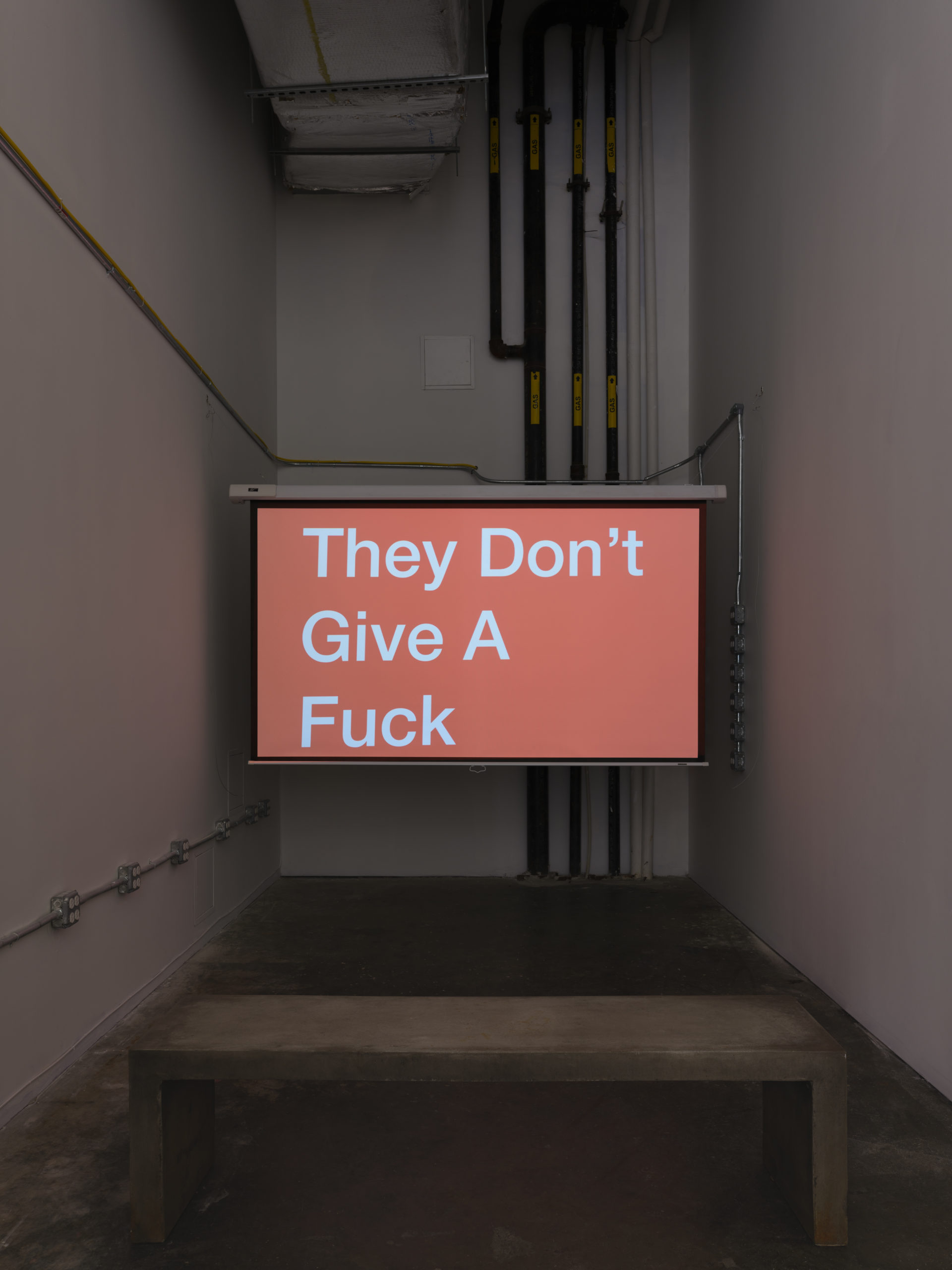
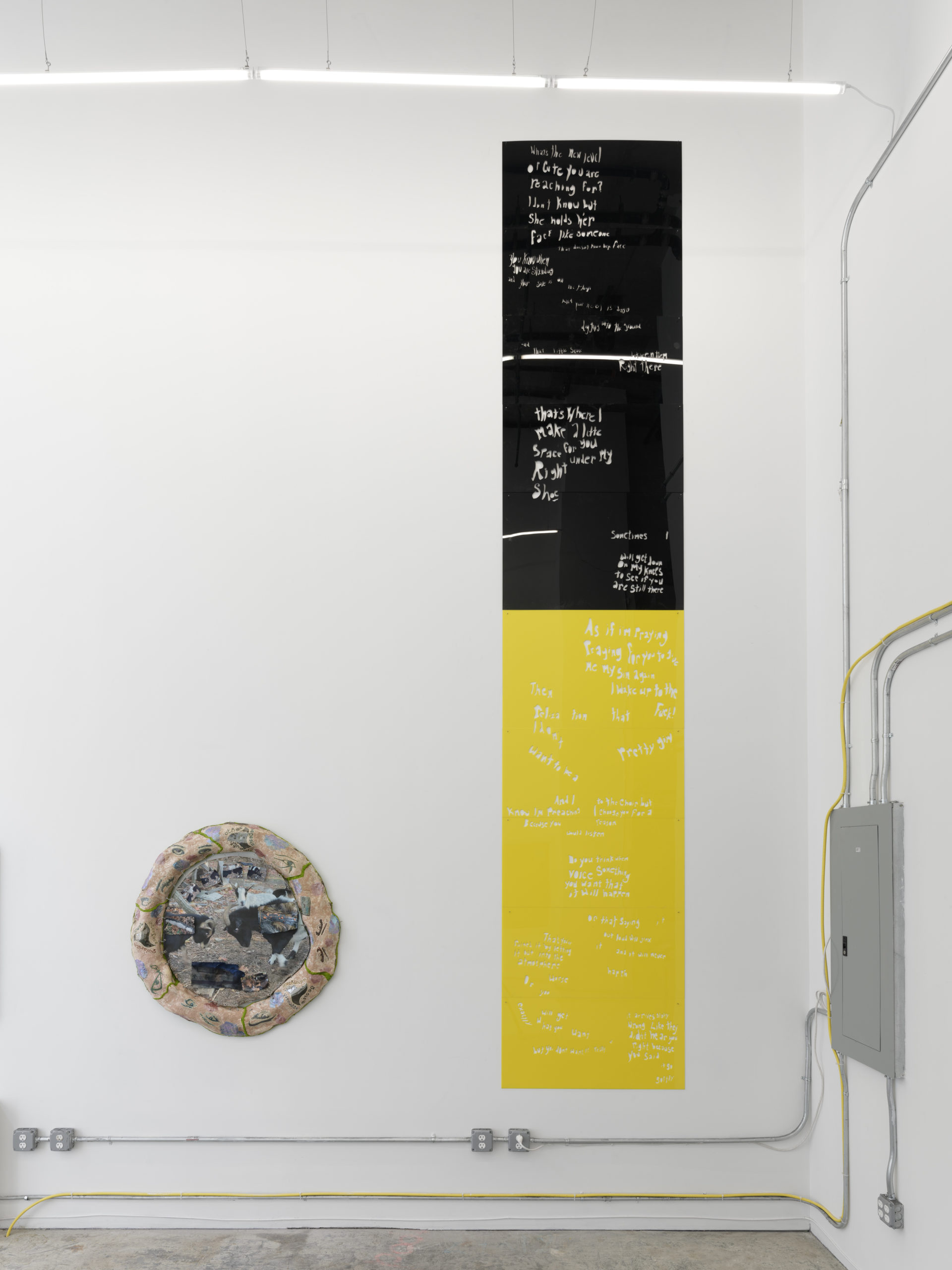
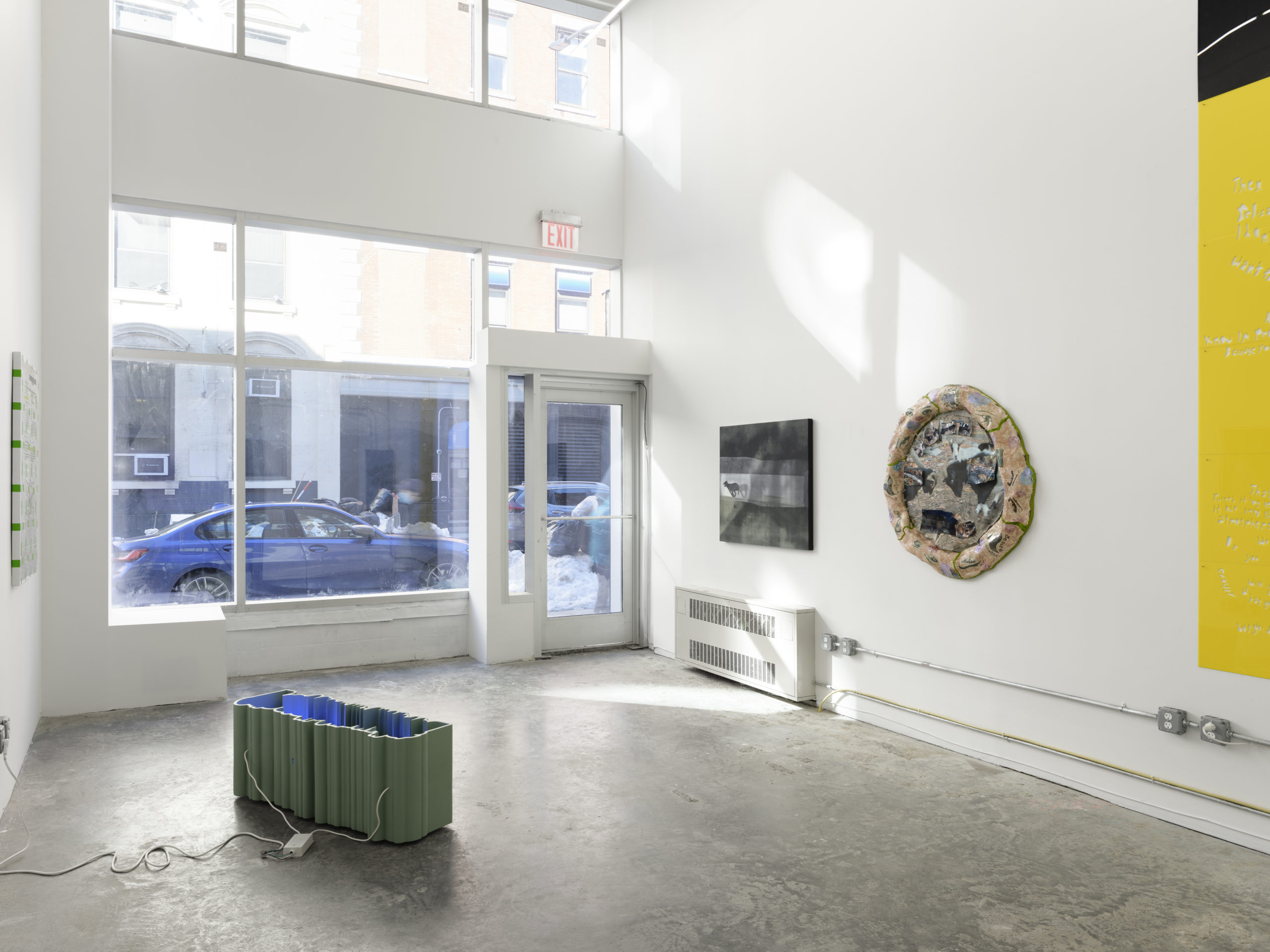
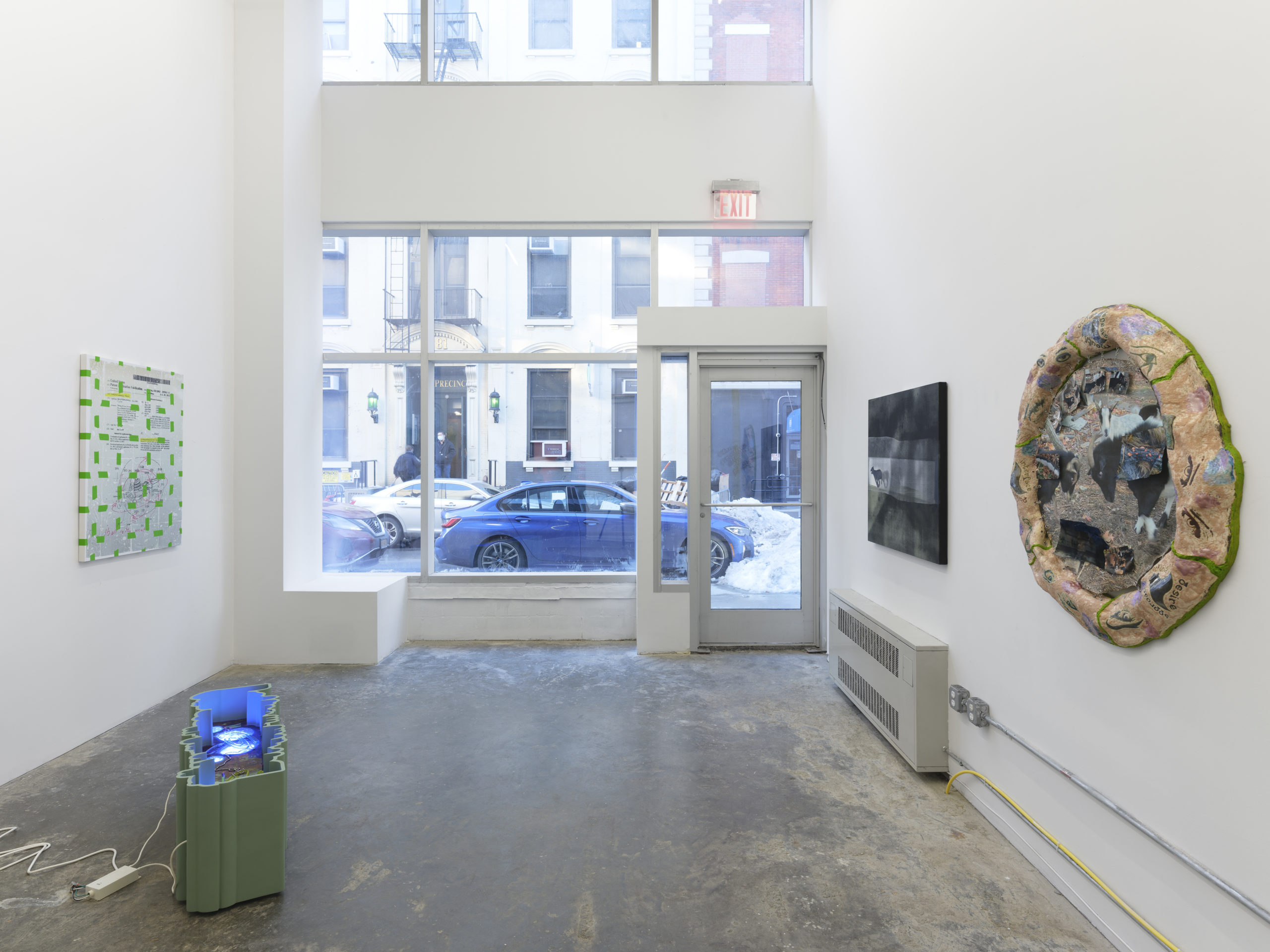
4 Feb–14 Mar 2021
K as in knight
Catherine Telford Keogh, Julia Wachtel, Alexander Carver, Tony Cokes, Raque Ford, Kate Mosher Hall, Manal Kara, Vijay Masharani, Pope.L, Walter Price, Michael E. Smith
Organized by Blake Oetting and Megan Yuan.
In the preface to his 1923 book of drawings, Dessins, Jean Cocteau claims that his works “untie writing and tie it up again in a different way.” Here the conceptual anchor tethering written and pictorial description is the operational flexibility of line. Unfurled, re-conceptualized, and re-deployed, what was once a series of letters and fixed grammatical figures becomes transliterated into illusionistic representation. This slippage between writing and image-making continues to motivate contemporary practice. Troubling the autonomy of reading and looking, the artists gathered in K as in knight test the limits of these receptive modes, working somewhere in the gap between writing or narrative’s undoing and the image’s arrival. In doing so, they are able to probe their heterogeneous concerns—racial epistemology, power, medicine, jingoism, among others—all the more deeply by seeking out a means of enunciation that accounts for the messy glitches that inevitably characterize advocacy and argumentation.
Text runs throughout the work on view but is consistently made contingent. In Tony Cokes’ video Evil.35: Carlin / Owners (2012), a transcribed speech by George Carlin on the American education system and its vitiation is juxtaposed with music by the post punk group Gang of Four. By suspending a litany of voices in tight and competing proximity—including his own as editor of the various implements—Cokes ultimately presents his viewer with a set of aesthetic relationships that animate or inscribe the presented text rather than the latter’s independent functioning. If Cokes denaturalizes text by matrixing it through supplemental mediation, Pope.L accomplishes something similar through staging its instability. Taken from his ongoing group of Skin Sets, Tan People are a Micro Climate (2016) and Tan People Bleach (2016) present their vexing aphorisms in lettering that seems to quiver under the weight of the enigmatic propositions they advance. Weaving his text above and below blotches of acrylic paint, alternatively visible and illegible, the artist telegraphs a suspicious relationship with language and its concomitant effects on racialization, muddying his axioms rather than securing them as unified didactics. This editorial tendency is also emphasized at the end of Vijay Masharani’s video, Good Attack (2021). Here, the artist manipulates a sign hanging behind the register of a pet store in Queens, swapping and shifting its letters until “Die Terrorist Scum” reads “Moisturised” and other non-sequiturs, cheekily defusing its previous vitriol. Elsewhere, Raque Ford has incised a sheet of plexiglass with a poem. Her writing—or carving, chiseling—oscillates between diaristic revelation and opaque poetics, short-circuiting confession through a decided lack of transparency. Indeed, as cut-outs, her words ultimately avoid our grasp altogether, rendering language in the negative.
Fragmentation or obfuscation are other means by which the assembled artists bring together grammatical and visual languages. Julia Wachtel’s multi-panel paintings structure beguiling juxtapositions that, while often composed of repeating imagery, evade narrative clarity. Splitting The Disappearance of the Sign (2017) into three sections, Wachtel situates a screen printed advertisement for Old Milwaukee Beer—featuring the expected demonstration of masculine bravado—next to a hand painted stick figure, its left leg apparently broken. Wachtel sequences her work like a film strip, offering her viewer thematic breadcrumbs invoking chauvinist violence and its diffusion while side-stepping pedagogic transmission. These are signs, like the corporate logo, that only partially reveal themselves, that disappear. Kate Mosher Hall’s paintings cast a similarly disorienting effect. While her work provides certain representational cues, including a fence-like grid and a dog on the run, these are submerged within shadowy non-spaces, their symbolic resonance left resolutely under-determined. Michael E. Smith brings this identificatory confusion down to the level of the object itself, animating his sculpture through the whimsical collision of otherwise unassimilable components. In place of the readymade, the very status of Smith’s sculpture is readily malleable. In the work of Catherine Telford Keogh and Manal Kara, this descriptive flexibility is staged through the syntactical relationships they construct between text, imagery, and detritus, placing each element within a broader constellation of material that strips their work of any claim to direct communication.
As Cocteau’s quote suggests, however, the translation from writing to image and back again depends upon the reformulation of various marks. In EYE WITNESS (2020), Walter Price stages this fluidity through the doing and undoing of bodies, alternating between relatively faithful and more evidently specious attempts at representation. Whereas four of the figures in his grouping appear situated in the same plain, the central figure—or specter—seems to drift through space immaterially, as if merely provisional. Might we even think of the tick marks that define its left foot as an ellipsis, designating the unarticulated or interim? Similarly, to the right of the composition rests a figure defined by an undulating linear matrix, their body suspended in flux like Umberto Boccioni’s sculptural subjects. Price locates the yet-to-be identified line and its embryonic potential to form word, image, or anything in between. Alexander Carver also engages the multi-pronged potential of the mark, his meticulously rendered, bright green trompe l’oeil tape strips serving the para-linguistic function of redacting or making classified the biomedical patent resting below. His trickery, like Price’s swirling silhouettes, like Wachtel’s narratological breakdown, like Pope.L’s deliquescent lettering, like the porous movement between writing and image-making described by Cocteau, marks the point from which language begins to unravel.